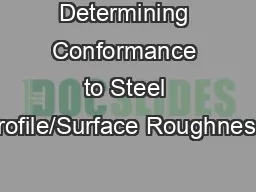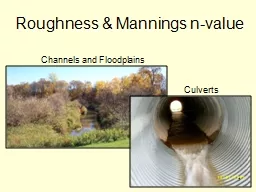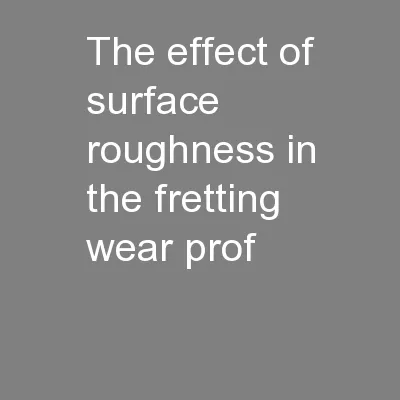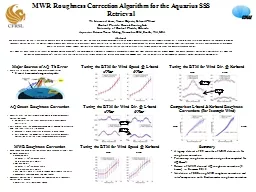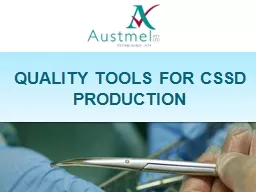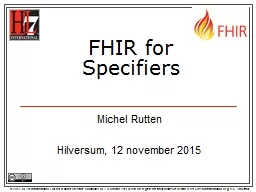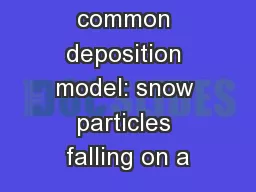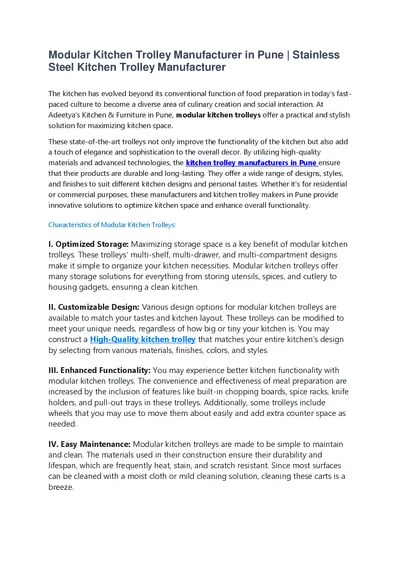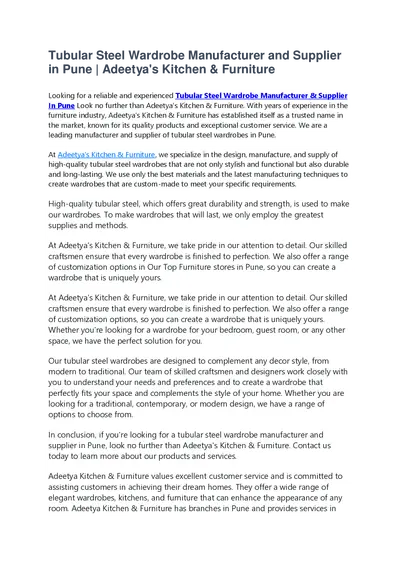PPT-Determining Conformance to Steel Profile/Surface Roughness/
Author : danika-pritchard | Published Date : 2016-03-05
William D Corbett KTATator Inc Webinar Content Review of industry standards Review of instrumentation and measurement acquisition procedures Content of Proposed
Presentation Embed Code
Download Presentation
Download Presentation The PPT/PDF document "Determining Conformance to Steel Profile..." is the property of its rightful owner. Permission is granted to download and print the materials on this website for personal, non-commercial use only, and to display it on your personal computer provided you do not modify the materials and that you retain all copyright notices contained in the materials. By downloading content from our website, you accept the terms of this agreement.
Determining Conformance to Steel Profile/Surface Roughness/: Transcript
Download Rules Of Document
"Determining Conformance to Steel Profile/Surface Roughness/"The content belongs to its owner. You may download and print it for personal use, without modification, and keep all copyright notices. By downloading, you agree to these terms.
Related Documents

